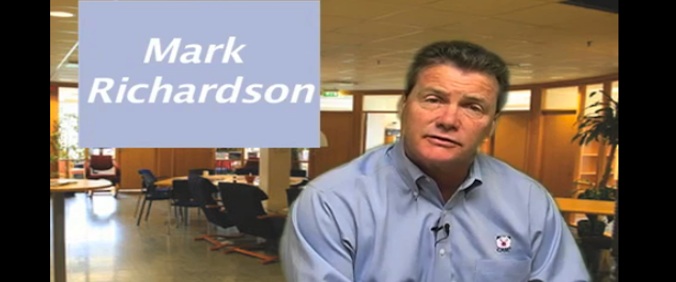Since the beginning of time team members, employees or subordinates (as the military refers to them) have been important to any business. They create the businesses opportunities and produce the product. They are generally what clients rave about and what makes business especially fulfilling and interesting.
In the late 80s during the “remodeling frenzy“ there was so much work the scarcity of talent was tremendous. When there is a scarcity of anything we tend to pay a premium and lower the bar out of necessity. In the last couple of years the scarcity of work has created an abundance of talent in many markets. This has moved the employer into being more selective and controlling. Today we are beginning to see a healthy shift to more positive growth and positioning for this team dynamic is important to your business’s health and fitness.
About a year ago USA Today did a survey that revealed about 30 percent of your (U.S. businesses) team members will leave you when the economy settles/stabilizes. While you may not think 3 out of 10 of your folks leaving the business is possible, at least play out what this could mean.
Many team members have been sitting on the sideline feeling frustrated (and poor), hanging on to what has been a “job.” They have been working long hours feeling thankful to just have a job. Imagine if 20 to 30 percent of the key players on your favorite pro football team would move on (a key running back and linebacker). The impact could be disastrous.
What message does that send to the rest of the team? While I am not an advocate of a doomsday mindset, I do believe this is a wakeup call and being proactive to reduce these risks is critical. The following are a few thoughts / actions you might put into place.
Take inventory
Just like when a football season ends, the coaches get together and analyze each role, each performance and each players commitment to the cause or team. This process takes times and requires some interaction with each team member. Look outside your business for pay rates and benefits being offered to at least know where you stand. Begin with knowing the playing field and the answers and solutions will become more apparent.
Become more transparent
Your team, like your clients, has been living in fear. Fear of the unknown, including key numbers you track and basic health/direction of the business. Even if the picture of the past has not been very pretty, the fear of the unknown will not only cause them to look on line for job opportunities but also cause them to perform at 80 percent (both of which are not good).
While I am not an advocate of total exposure, I believe a serious “transparency “effort is important. They need to know the good, bad and the ugly. With this knowledge not only some of the fear may vaporize but also the solution for success will emerge.
Future or forward thinking
Not only is it inefficient to just look out one foot in front of your nose to see where you are going, it is also dangerous and you might stumble. Your team members need to see themselves and their challenges being addressed into the future.
Forward thinking gives you hope. Forward thinking gives you confidence and conviction. Forward thinking make a key team member want to stay in the business. How often have your team members asked, “Where will I be in three years?“ Just like your business, they need to know where their career and lives are heading.
To address some of these concepts, try making an appointment (mark it on your calendar) with yourself to spend two hours a week on these ideas. You might make this a topic in a management meeting, take some key folks out to lunch to chat about the future or do a “town hall“ meeting to share the holistic picture. How you focus on this subject is an option but whether you address it is not.
Mark Richardson is co-chairman of Case Design Remodeling and the Case Institute of Remodeling. He is a member of the NAHB Remodeling Hall of Fame and an Affiliate at Harvard University’s Joint Center for Housing Studies. Richardson is the author of the best-selling book, “How Fit is Your Business,” and a forthcoming book, “Business Themes to Live By,” to be published this fall.
Make sure your people are ready to help you grow



